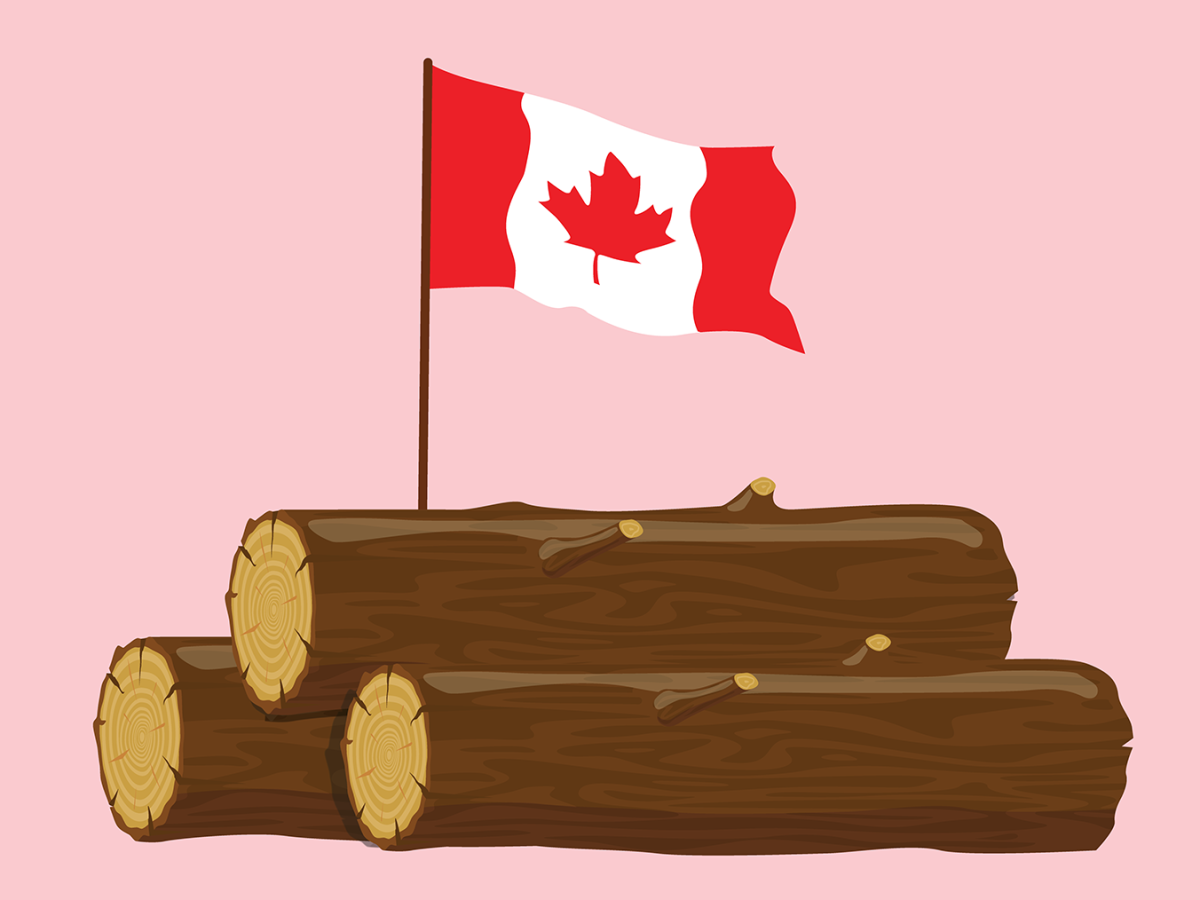“Tragedy has befallen a national monument; a treasure of the musical world is nothing to you but ambiance!” I dramatically, if a bit sarcastically, exclaim to my girlfriend.
Mere seconds earlier, she had the gall to tell me that she doesn’t like jazz. “It’s dull. It’s background music,” she responds with a shrug. Without realizing it, she has just given a thorough slap-to-the-face to the cadaver of Miles Davis and a kick-to-the-groin to the very much still-alive Herbie Hancock.
Jazz, a genre with such diversity and a nearly unlistable number of sub-genres on top of sub-genres, is all but forgotten within the modern American zeitgeist. The mother tongue, the original “language” of a preverbal ocean of musical genres widely recognized and recorded today, has been lost by the wayside, fallen overboard the ocean liner of musical recognition. It’s a thorough disservice, and I want to see it rectified. I want to bring respect and meaning back to the name jazz.
Picture this: 20th-century Americana. Flashy cars, the “American Dream,” the golden age of Hollywood. Culture was, by and large, the biggest export of America. The juggernaut that was post-Great War America was changing the face of the planet, not through violence or bloodshed, but by spreading her patriotic whims across the world through music.
At the forefront of the musical division of the exported American spirit was jazz, trumpeting its way into underground clubs all across the globe. It served as the quintessential musical symbol of American innovation and improvisation, vibrancy and diversity—diversity especially.
African-American artists pioneered it in clubs, think Harlem jazz clubs on dreary nights made lively by the likes of Duke Ellington or Louis Armstrong.
In the SparkNotes of its century-long history, the most important takeaway is that jazz was always at the precipice of music. Jazz grew and expanded, birthing new sub-genres experimentations like Bebop, which is fast-paced music with rapid chord progressions, or Bebop’s antithesis, cool jazz.
In Las Vegas, frontmen began to make an appearance after Frank Sinatra showed the world that the previously interchangeable singers could be the most important part of the ensemble. Sinatra opened floodgates for Dean Martin and the rest of the Rat Pack, almost entirely moving the genre from the East Coast to the West Coast and creating the genre of big band, characterized by its (believe it or not) big bands and swing style.
Slowly but surely, the offshoots became more than just offshoots. They stepped out of the shadows and became the main event. What was previously an offshoot of jazz that simply replaced the trumpet or saxophone with a lead guitar, the shiny new rock n’ roll became the latest “it” music. Elvis Presleycreated a cult of personality, showing the world that musicians could be the heartthrobs, too.
With Elvis came the widespread commercialization of the genre. The teen heartthrobs of the Beatles followed suit, but that’s a story for another day. The genre’s killing blow came in the form of its own personalized commercialization, something I’m going to lovingly call “elevatorization,” meaning the transformation of a genre of music into mindless background noise. It’s in the same vein as “Flanderization,” a term for fictional characters playing too much into the archetypes that made them entertaining, leading to the character’s loss of depth and humor.
Jazz has become nothing but background music for expensive coffee shops or a classy hotel with a bellhop. It’s become soulless.
“Jazz died,” Nicholas Payton, a contemporary trumpeter, said in a poetic post to his website years ago.
“In 1959. Jazz is a label that was forced upon the musicians. The musicians should’ve never accepted that idea… Jazz separated itself from American popular music… Jazz is only cool if you don’t actually play it for a living. Jazz musicians had accepted the idea that it’s OK to be poor,” Payton posted.
A long time ago, armies brought drummers to war to rally the troops. Flutes replaced drums, their shrill cries and warbles won us the Revolutionary War. Around the time of the great wars, music on the front lines had all but fallen out of style. So spiritually, we sent out men with saxophones and trumpets, their fanfare becoming the harbinger of death.
Now, war has become a game of cat and mouse, a quiet affair. But we still have war. And we still have jazz.
Modern jazz usually comes in the form of covers of non-jazz artists’ albums in a jazzy form.
Standouts like NPR’s Tiny Desk concert, with the late-great Mac Miller, or “Live at Electric Lady,” “Cold Blooded Soul,” or Denzel Curry’s jazz interpretation of his wildly successful Japanese-inspired “Melt My Eyez, See Your Future.”
Some artists will even cover other songs in a jazz format, like Remi Wolfe’s cover of “Pink + White,” which is also a Live at Electric Lady album. This is a reclamation of jazz; this is soulful jazz, not the stuff that gets pumped through bookstore speakers.
But why does jazz matter, and why should one listen to its fanfare? Jazz is an art form—not to say that other forms of music aren’t, but jazz is inherently more complicated. Especially in the freeform jazz division, it almost becomes like a form of math, making sure that everything adds up right to create music instead of dissolute noise.
Jazz is the original underground genre. Much to the dismay of the actual artists, however, it was scooped up by big corporations, and its contemporary version is knocking on death’s door. But jazz, the authentic, meaningful and intelligent jazz is still there, just waiting for you to raise its listener count. All you need to do is look past the elevator doors.


































































































































































